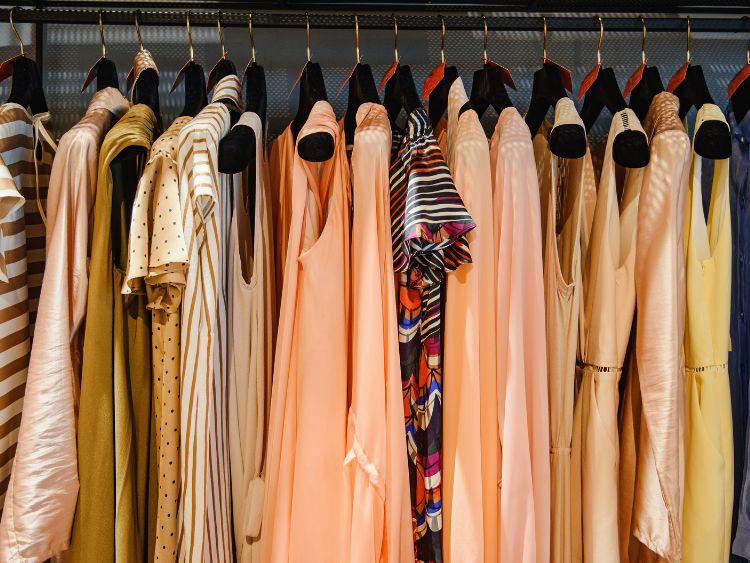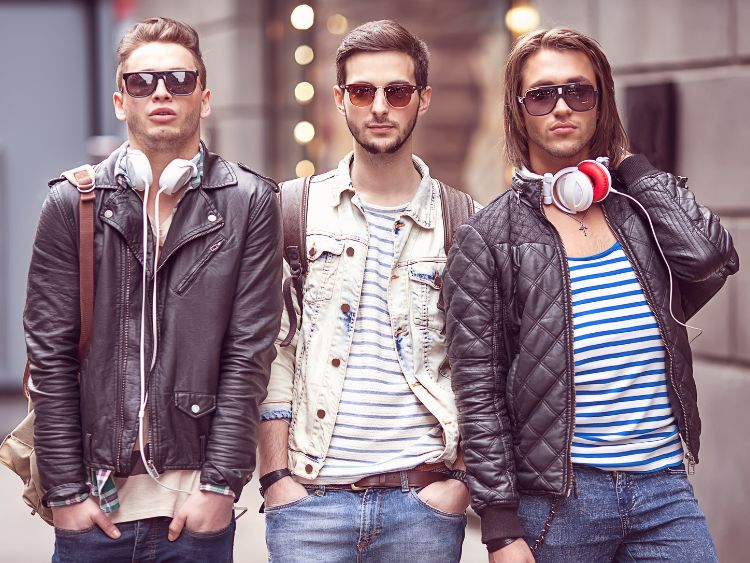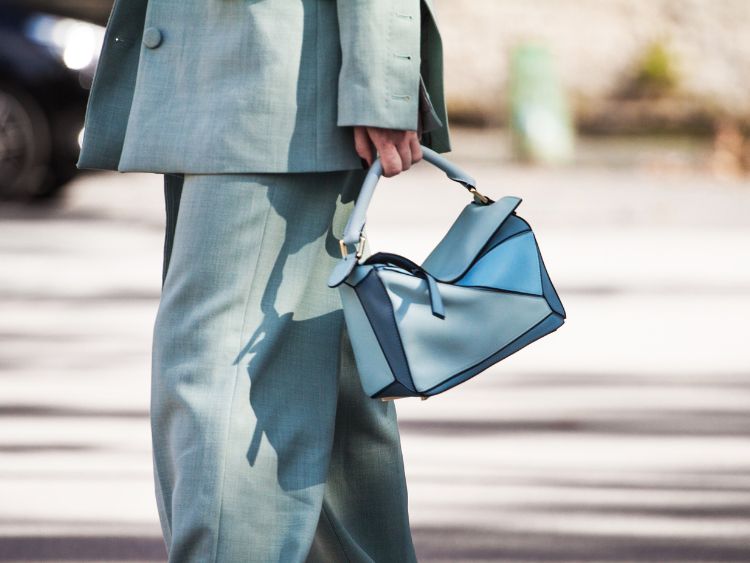The 1960s was a decade of significant cultural, social, and political change. It was an era where fashion became a powerful form of self-expression, representing freedom, rebellion, and individuality. From the bold patterns and vibrant colors to the rise of iconic styles like miniskirts and bell-bottoms, 1960s fashion was nothing short of revolutionary. Let’s dive into the trends, influences, and key pieces that defined this groovy decade.
The Swinging Sixties: A Fashion Revolution
Fashion in the 1960s wasn’t just about clothes—it was a reflection of the social shifts happening at the time. The post-war conservative styles of the 1950s gave way to daring designs, experimental looks, and a rebellious spirit. London, specifically Carnaby Street, became the epicenter of this new wave of fashion, with designers like Mary Quant leading the charge. The youth-driven “Swinging Sixties” embraced mod fashion, which broke all the traditional rules and introduced a sense of liberation.
Mod Fashion and Its Influence
The Mod (short for modernist) movement was one of the most iconic fashion trends of the 1960s. Characterized by sharp, clean lines and minimalist aesthetics, Mod fashion was bold yet chic. Think short A-line dresses, geometric patterns, and color-blocking. The Mod style was heavily influenced by pop art and architecture, making it a futuristic look for the era.
- Miniskirts: Perhaps the most famous trend of the Mod movement was the miniskirt, credited to designer Mary Quant. This daring piece became a symbol of women’s liberation, showcasing bold confidence and a break from conservative styles.
- Go-Go Boots: Often paired with miniskirts, go-go boots were flat or low-heeled boots, typically white and knee-high. These boots gave a playful and edgy vibe to any outfit.
- Peter Pan Collars: Dresses with rounded Peter Pan collars became a popular choice for the Mod girl, adding a touch of innocence to an otherwise daring ensemble.
Psychedelic Prints and Flower Power
By the mid-1960s, fashion took a vibrant turn with the rise of psychedelic prints and the hippie movement. Inspired by the counterculture and the Summer of Love, these bold, colorful patterns reflected the experimental spirit of the time. It was all about self-expression, peace, and a connection to nature. Tie-dye shirts, floral prints, and fringe jackets became the uniform for those embracing the hippie lifestyle.
- Bell-Bottoms: One of the most recognizable pieces from the 1960s was the bell-bottom pant. Fitted at the waist and flaring out from the knee, these pants were often made from denim or corduroy and paired with bright, flowing tops.
- Tie-Dye and Paisley Prints: Psychedelic patterns, like tie-dye and paisley, were everywhere. These eye-catching designs reflected the era’s fascination with Eastern philosophies, meditation, and the use of hallucinogens.
- Fringe Jackets: Drawing inspiration from Native American culture, fringe became a staple in 1960s fashion, especially in jackets. These pieces exuded a bohemian vibe and were often seen at music festivals like Woodstock.
The Influence of Music and Pop Culture
Fashion in the 1960s was also heavily influenced by music and pop culture. Bands like The Beatles and The Rolling Stones weren’t just setting trends in music—they were style icons too. The “British Invasion” not only revolutionized music but also had a profound impact on fashion trends in the U.S. and beyond.
- Beatle Boots: The pointed-toe, ankle-high Beatle boot became a must-have for men in the mid-60s, named after the iconic band.
- The Mop Top: The Beatles’ signature haircut, the “mop top,” was adopted by young men around the world, symbolizing youth and rebellion.
- Edie Sedgwick and Andy Warhol: Edie Sedgwick, the It Girl of the 1960s, was known for her mod style, pixie haircut, and bold eye makeup. Her collaborations with artist Andy Warhol pushed the boundaries of fashion, blending art and style into something truly avant-garde.
The Global Influence of 1960s Fashion
While London was the epicenter of fashion innovation in the 1960s, other parts of the world also played a significant role in shaping global trends. In Paris, Yves Saint Laurent introduced the Le Smoking tuxedo suit for women, blurring the lines between masculine and feminine fashion. His designs were revolutionary, challenging the norms of what women could or couldn’t wear.
Meanwhile, in the United States, fashion was taking cues from both the Mod movement and the rise of hippie culture. Designers like Halston brought elegance to the American fashion scene with clean, minimalistic lines and luxurious fabrics.
FAQs About 1960s Fashion
Q: What were the key colors of 1960s fashion?
A: The 1960s were all about bold, vibrant colors. Popular shades included bright oranges, electric blues, neon greens, and deep purples. These colors were often used in color-blocking designs, a major trend of the era.
Q: How did 1960s fashion influence today’s style?
A: Many elements of 1960s fashion have made a comeback in modern trends. From miniskirts to bell-bottoms, designers often revisit the bold, experimental spirit of the 60s. Additionally, the idea of fashion as self-expression, which was solidified in the 1960s, remains a core aspect of modern style.
Q: Who were the major fashion icons of the 1960s?
A: Some of the biggest fashion icons of the 1960s include Twiggy, Jackie Kennedy, Edie Sedgwick, and Brigitte Bardot. Each of these women had a distinct style that influenced countless trends.
Q: What were the most popular fabrics used in 1960s fashion?
A: Synthetic fabrics like polyester and acrylic were widely used in the 1960s, reflecting the era’s fascination with futuristic design. However, natural materials like cotton and wool were still common, particularly in more bohemian styles.
Q: What was the significance of the miniskirt in 1960s fashion?
A: The miniskirt became a symbol of women’s liberation in the 1960s, representing a break from traditional gender norms and conservative dress codes. It allowed women to express themselves in bold new ways and became a key feature of the Mod look.
The Lasting Legacy of 1960s Fashion
The 1960s was undoubtedly one of the most transformative decades in fashion history. It was a time when rules were broken, boundaries were pushed, and individuality was celebrated. From the sharp, modern lines of Mod fashion to the flowing, free-spirited vibes of the hippie movement, 1960s fashion was a visual representation of the cultural revolution taking place.
Even today, we see echoes of the 1960s in fashion, whether it’s through the resurgence of retro prints, the return of the miniskirt, or the influence of bold color schemes. The decade’s impact on the fashion world is undeniable, proving that the 1960s were not just a fleeting moment in style history but a lasting source of inspiration for generations to come.
Related Links:
- https://www.vogue.com/article/the-1960s-fashion-revolution
- https://www.history.com/topics/1960s/1960s-fashion
- https://www.maryquant.co.uk/



